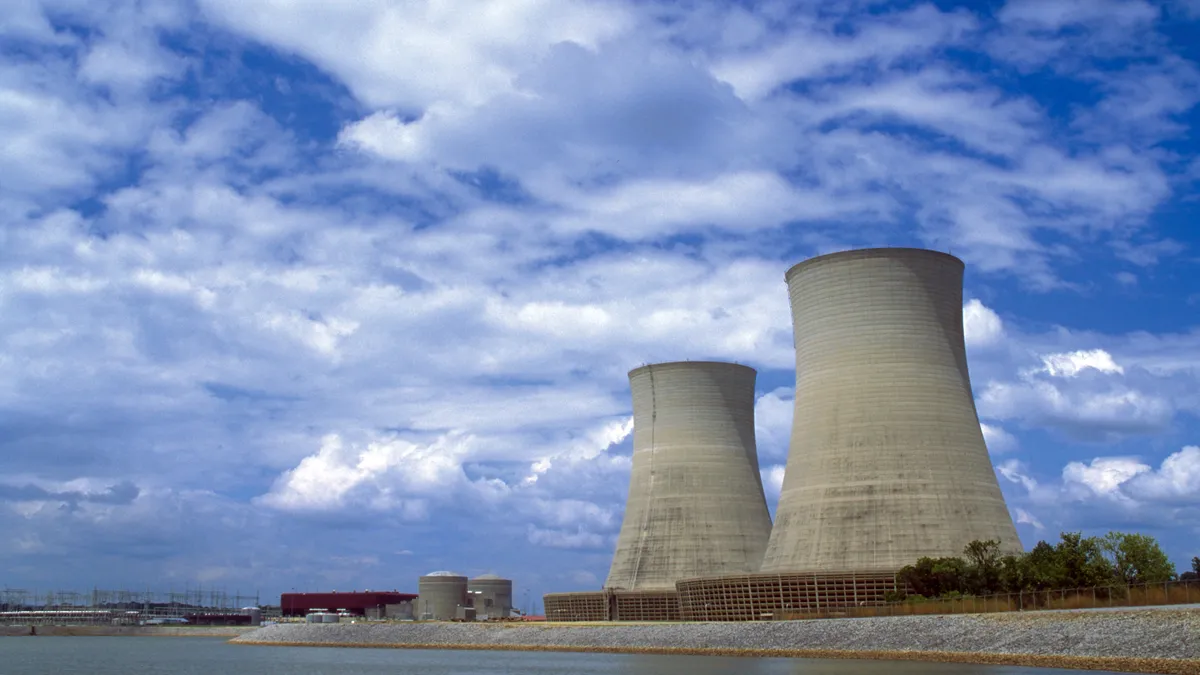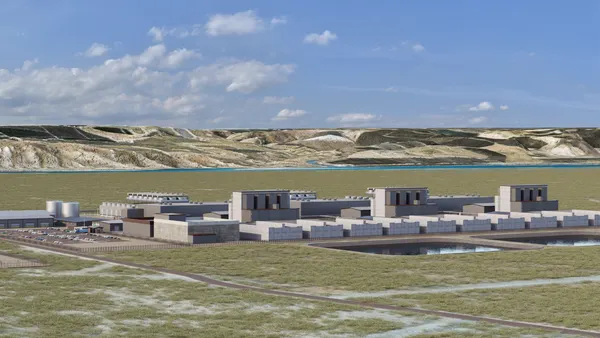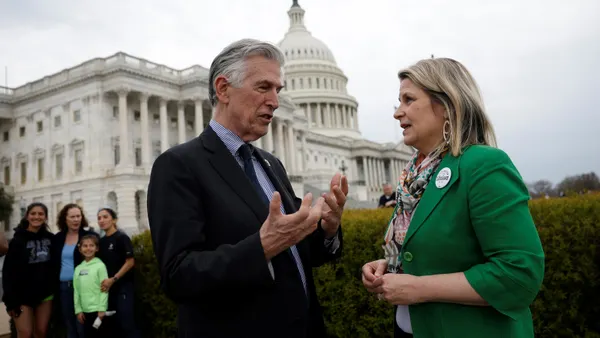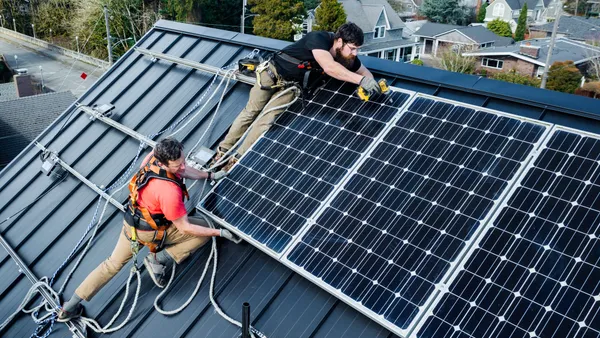Dive Brief:
- On Sunday, an Arizona federal judge granted a motion to dismiss a lawsuit that sought to force a state water agency to buy coal-fired electricity.
- In a legal battle that began nearly a year ago, coal producer Peabody Energy, the Hopi Tribe and the labor union United Mine Workers of America tried to use the courts to pressure the Central Arizona Project (CAP) into returning as a potential buyer for the power of the plant in question, the Navajo Generating Station.
- The 2.3 GW coal plant is in danger of closing at the end of the year after difficulties to find a buyer for the plant's output. The plaintiffs have until April 19 to file an amended complaint.
Dive Insight:
Pressure from state policy to include more clean energy has complicated finding an extra buyer for the plant's output, further reducing the value of the asset to its current shareholders. Last fall, private equity firm Middle River Power dropped its bid to purchase the Arizona station, as regulators, utilities and legislators are increasingly choosing cheaper natural gas and renewables over baseload coal generation.
As another nail in the coffin of the largest coal-fired facility west of the Mississippi, the legislative branch of the Navajo Nation accepted a resolution on March 21 "to move the Navajo Nation beyond coal source revenues and forward to sustainable, renewable energy sources."
A quarter of the share of NGS is owned by the Department of the Interior, although the Navajo Nation, the second largest Native American tribe in the United States, derives a large portion of its budget from plant lease payments and as a source of employment.
"Without a market-based transaction supported by the Navajo Nation to operate NGS after 2019, the Department will support decommissioning of the NGS facilities per the terms of the 2017 Extension Lease to minimize the impacts of a NGS closure," Molly Block, Interior spokesperson, told Utility Dive via email.
A number of groups, including the Trump administration, are invested in keeping the plant open. However, its owners, including operator Salt River Project (SRP), Arizona Public Service, Tucson Electric Power and NV Energy, made the decision to shutter the plant in February 2017. Owners of NGS had announced earlier in March that they are moving ahead with plans to decommission the plant by Dec. 22.
The Interior will continue to work with the Navajo Nation and the Hopi Tribe regarding NGS and the nearby Kayenta Mine, operated by Peabody, according to Block.
The Central Arizona Water Conservation District (CAWCD) oversees CAP, a series of pipelines, tunnels and waterways that brings renewable water in Arizona to more than 5 million people from Lake Mead. CAP is also $1.65 billion in debt to the federal government, according to its website.
Tim Petty, Assistant Secretary for Water and Science at the Interior Department, wrote in June to the CAP, to address the CAWCD's decision to pursue "sources of power other than NGS." Petty's plea for collaboration with CAWCD and a "constructive dialogue regarding the most appropriate path forward" does not force or comment about forcing CAP to buy NGS power.
According to an October report from the Congressional Research Service, a free nonpartisan analysis group, CAP does not have to buy power from NGS in order to cover its repayment obligations. CAWCD chose to not buy NGS power, which it estimated would save $38 million a year.














